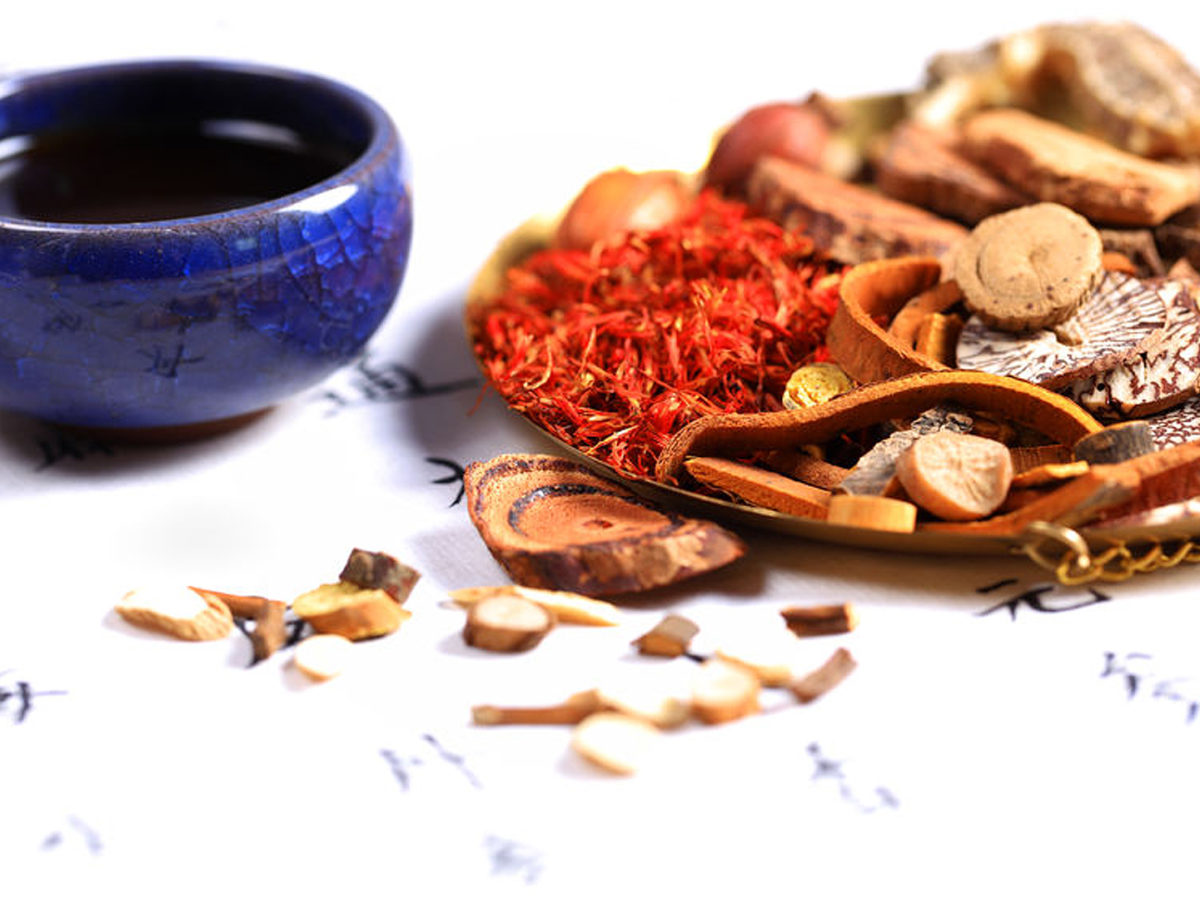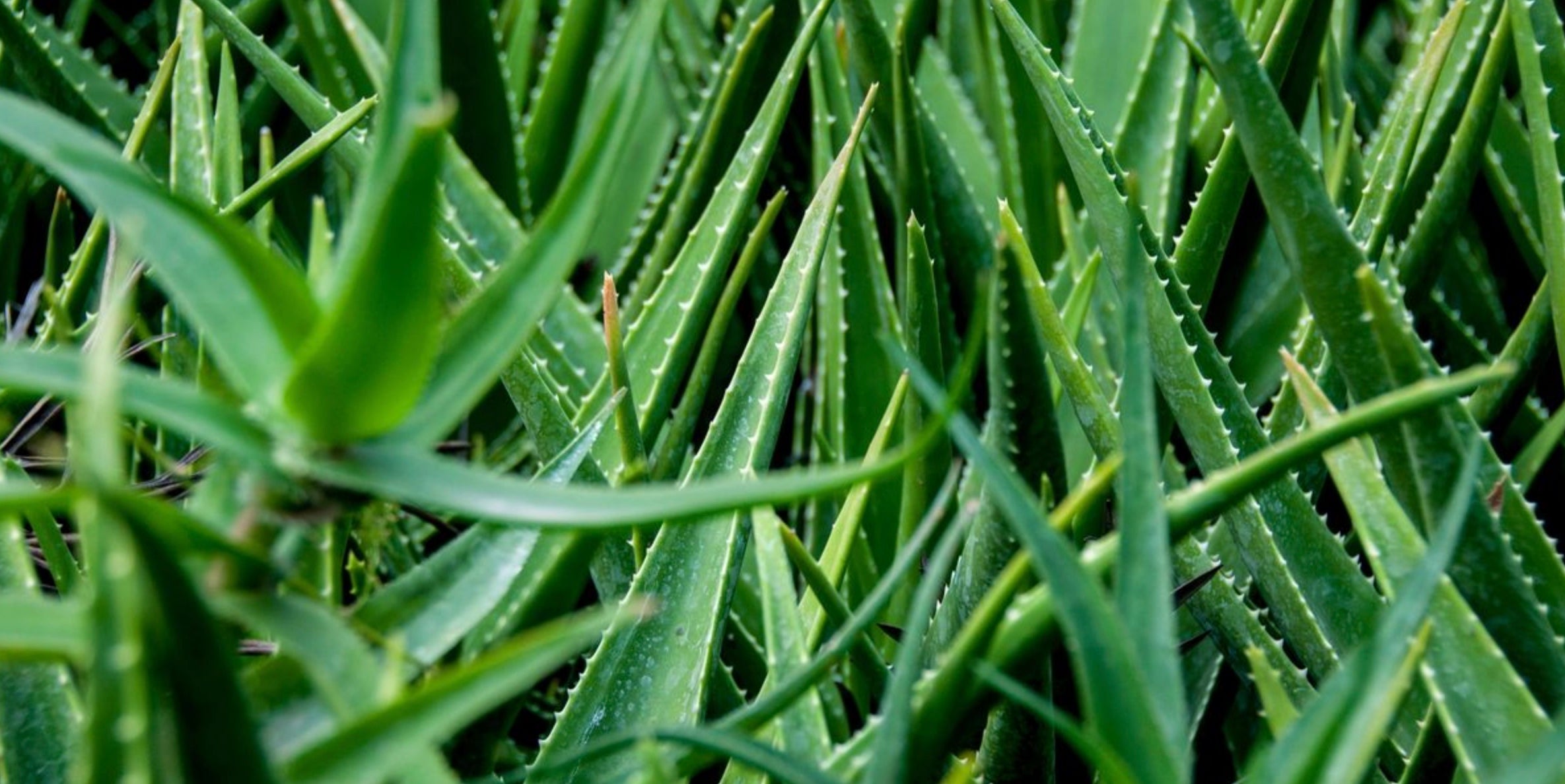The Rising Popularity of Traditional Chinese Medicine

Eventually, everything that is old is new again. High waisted jeans, record players and even the Roseanne show have all made their comeback as of late. Respectively, the same could be said for Traditional Chinese Medicine. Traditional Chinese Medicine is thousands of years old, but a few elements of this ancient healing modality have recently become mainstream in the western world. As the wellness trend sweeps the states, it seems that Americans are embracing this time-honored holistic approach to health.
Traditional Chinese Medicine dates back approximately 2,500 years. Traditional Chinese Medicine encompasses many different modalities of healing in an attempt to harmonize mind, body and spirit and keep the Qi (our vital energy) flowing within the body. Many Asian countries consider Traditional Chinese Medicine as the central element to their healthcare systems, relying primarily on this for the wellbeing of their citizens.
Although there are many aspects of Traditional Chinese Medicine, one of the most widely known here in the states is acupuncture. Acupuncture uses very thin needles to access specific acupoints on the body. This treatment is widely used for pain relief. Although acupuncture may seem a little intimidating due to its use of needles, it is generally considered a safe practice when performed by an experienced and professional practitioner. Researchers continue to study the science behind the effects of acupuncture, though many studies do suggest a correlation between the ancient practice and pain relief. More and more Americans seem to agree, according to sources, the number of Americans to visit an acupuncturist tripled from 1997 to 2007 reaching over 3 million.
Chinese herbs are another aspect of Traditional Chinese Medicine that is gaining popularity in the United States. These herbal blends are often comprised of mostly plant material, though some may contain minerals and animal products. Chinese herbs are presented in pill form, as teas, extracts and powders. The conditions that Chinese herbs are used to remedy are as vast as the herbal formulas themselves. This is creating a big need for more research on the safety and effects of Chinese herbs in general, as well as how they work in conjunction with western medicine. Here in the states, Chinese herbs are not classified in the same category as prescription drugs, and therefore are not held to the same regulatory standards.
The third element of Traditional Chinese Medicine that is gaining traction in the United States is Tai Chi. According to one study, 2.3 million Americans practiced Tai Chi in 2007. This practice is used to connect mind and body through acute focus, gentle movement and breath. As many gentle movement practices do, Tai Chi can be very helpful in invoking relaxation, and is generally safe for those with without mobility restrictions. The full health benefits of Tai Chi are not heavily researched or documented here in the United States, but there does not seem to be many negative aspects to this practice either.
As more and more Americans discover whole body approaches to health and become interested in ways to prevent disease as opposed to seeking treatment when things go wrong, holistic healthcare like Traditional Chinese Medicine may continue to grow in popularity. As we integrate these alternative treatments into mainstream healthcare, we should see more science based research on the benefits of these ancient practices. We may also see more acceptance of these alternative health treatments as viable care options.
Sources:
https://nccih.nih.gov/health/whatiscam/chinesemed.htm
https://www.ncbi.nlm.nih.gov/pubmed/20047146
https://nccih.nih.gov/health/acupuncture/introduction




